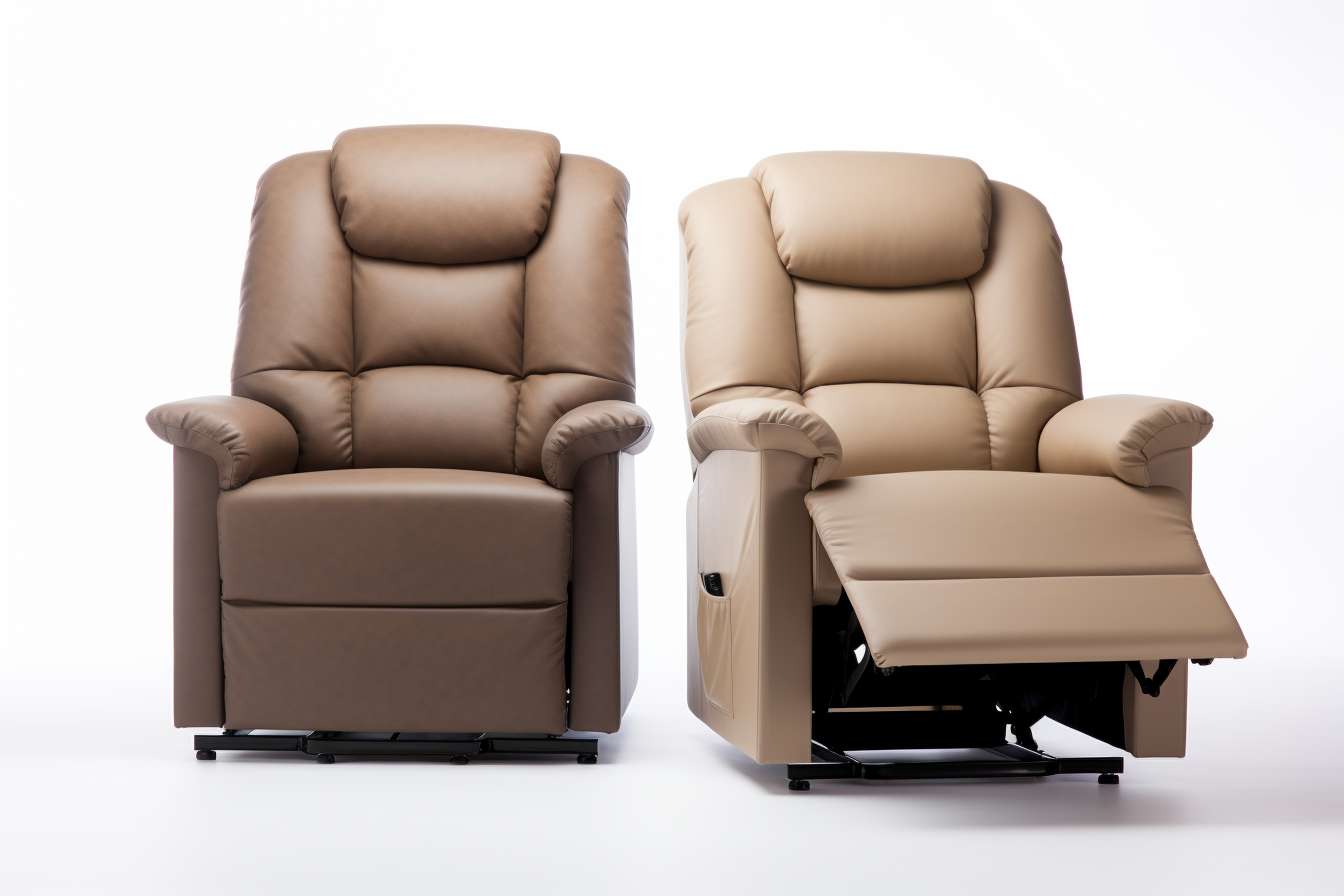Recliner Chairs: Types, Features, and Care
A recliner chair is a seating piece designed to adjust the backrest and often the footrest so a person can recline comfortably. Modern recliners serve living rooms, home theaters, and recovery settings, offering a range of mechanisms and upholstery options. This article explains common features, mechanisms, ergonomic considerations, maintenance, and where to find local services to help with selection and setup.

This article is for informational purposes only and should not be considered medical advice. Please consult a qualified healthcare professional for personalized guidance and treatment.
What is a recliner and which features matter?
A recliner typically allows the occupant to change the seat angle and support posture with an integrated footrest. Key features to consider include reclining range, head and lumbar support, footrest length, and whether the back and footrest move together or independently. Additional options include adjustable lumbar pumps, massage and heat functions, and removable covers. Frame construction and weight capacity influence durability and suitability for different users. Understanding these basics helps align a recliner’s functionality with your lifestyle, whether for relaxation, reading, or long-term comfort needs.
What mechanisms and styles are available?
Recliners employ manual or powered mechanisms. Manual models use levers or push-back designs requiring user force, while powered recliners use electric motors for smooth, adjustable positions. Lift recliners assist users in standing by tilting forward; these are common in mobility or recovery contexts. Other styles include swivel-recline, rocker-recline, and zero-gravity designs that distribute weight for a feeling of reduced pressure. The mechanism choice affects noise, speed, and maintenance needs. Knowing which mechanism suits your mobility, frequency of use, and space constraints will narrow suitable styles.
How to choose a recliner for comfort and mobility?
Measure seat width, depth, and the room where the chair will sit before shopping to ensure a proper fit. Look for adequate lumbar support and a headrest height that matches the user’s stature. For users with limited mobility, test lift-assist functions, button placement, and battery backup for powered units. Consider the arm height for standing transfers and the swivel footprint if you need rotation. Also check the weight capacity and stability; a chair that matches the user’s body dimensions and movement patterns reduces strain and improves long-term comfort.
What materials and maintenance extend a recliner’s lifespan?
Common coverings include leather, bonded leather, microfiber, and durable woven fabrics. Leather tends to age well with regular conditioning, while microfiber resists stains and is often easier to clean. Inside, kiln-dried hardwood frames, quality sinuous springs, and high-density foam cushions contribute to longevity. Routine maintenance involves vacuuming crevices, wiping spills promptly, and lubricating moving parts per manufacturer guidance. For powered recliners, inspect cords and connectors periodically and avoid overloading electrical outlets. Proper care preserves appearance and mechanical function for years.
What safety and ergonomic factors should you check?
Check that moving parts operate smoothly without pinch points, and that footrests lock securely in place. For homes with children or pets, ensure mechanisms have protective covers or proper placement to prevent accidental entrapment. Ergonomically, a recliner should support a neutral spine when sitting upright and maintain lumbar contact when reclined. Test multiple positions to ensure consistent support and avoid extreme angles that hyperextend the back or neck. If you use a recliner for extended periods, rotate sitting positions and consider supplemental cushions designed for posture support.
Where to find recliners and local services to assist selection?
Retailers range from specialty furniture stores to large national chains and independent sellers. Local services such as upholstery shops, furniture repair, and delivery/assembly providers can help with custom upholstery, pick-up of older chairs, or professional installation of powered recliners. For used or refurbished options, check reputable local sellers and certified refurbishers who verify mechanisms and safety. When evaluating vendors, ask about warranties, service plans, and in-home trial or return policies to ensure the model meets practical needs and fits the living space.
Conclusion
Recliner chairs combine mechanical design and upholstery choices to meet diverse needs from casual relaxation to mobility assistance. Prioritizing the right mechanism, fit, and materials, and using local services when needed, helps ensure the chair performs well over time. Evaluate features carefully against user needs for posture, space, and maintenance to choose a recliner that provides reliable comfort.






